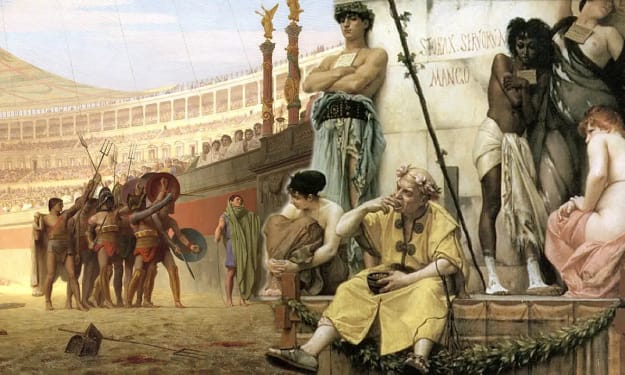The Apollo 11 mission
A Trip to the Moon and A Leap for Humanity

On July 20, 1969, astronauts Neil Armstrong and Edwin "Buzz" Aldrin entered the surface of the moon aboard the Apollo 11 mission, a historic event that left the world in awe and awe. The Apollo 11 mission was the culmination of a decade of intense effort, rivalry, and technological advancement between the United States and the Soviet Union in the race to space. In this article, we'll examine Apollo 11's exciting journey to the moon, identify key players and challenges, and explore the legacy of this extraordinary historical event.
The space race began in the late 1950s when the Soviet Union launched the first artificial satellite, Sputnik 1, surpassing the United States in space for the first time. This achievement fueled intense rivalry between the two nations and prompted the United States to launch an ambitious space program to catch up with the Soviets.
As part of the United States space program, NASA developed the Apollo program with the ultimate goal of sending humans to the moon and returning them safely to Earth. The Apollo program consisted of a series of crewed missions of ever-increasing complexity to achieve this goal.
On July 16, 1969, Apollo 11 launched from the Kennedy Space Center in Florida with astronauts Neil Armstrong, Edwin "Buzz" Aldrin, and Michael Collins on board. The mission included a command and service module (CSM) and a lunar lander called the Lunar Module (LM). After the CSM reached lunar orbit, the LM undocked from the CSM and descended to the lunar surface, while the CSM continued to orbit the moon.
On July 20, 1969, after a tense descent to the lunar surface, the Lunar Module carrying Neil Armstrong and Buzz Aldrin landed safely on the moon. Millions of people around the world watched the event on television as Neil Armstrong spoke the historic words, "That's one small step for man, one giant leap for mankind." (This is one small step for man, one giant leap for mankind). The moon landing marked a triumph for human imagination, science and technology, and was a moment of unprecedented national pride for the United States.
After a successful stay on the moon, Armstrong, Aldrin and Collins returned to Earth. The Apollo 11 mission fulfilled the purpose of the Apollo program and strengthened belief in human capabilities. It marked the beginning of a series of successful lunar landings and extensive lunar scientific research in subsequent Apollo missions.
The Apollo 11 mission had a profound and lasting impact on society. It promoted technological progress, stimulated interest in science and technology, and promoted international cooperation in space travel. It symbolized the power of perseverance and determination, and it gave humanity a sense of hope and inspiration.
The Apollo 11 mission was a turning point in human history, representing the triumph of human spirit and determination. Reaching the moon was an achievement that pushed boundaries and demonstrated the potential of human achievement. The memory of this historic event remains a source of inspiration for present and future generations, and it remains a symbol of human achievement in space travel and exploration.
After the historic Apollo 11 moon landing, the Apollo program continued with five more successful moon landings between 1969 and 1972. Each mission returned valuable scientific data and samples to Earth, leading to important discoveries about the moon and our solar system as a whole.
The scientific instruments and experiments aboard the lunar landers helped study the composition of the lunar surface, seismic activity and the moon's magnetic field. This provided important clues about the formation and evolution of the moon, as well as the history of our own solar system.
One of the most remarkable findings was the presence of lunar rocks that were billions of years old, suggesting that the moon was a relatively long and stable body. These discoveries also helped scientists better understand how planets and moons in general evolve and form.





Comments
Senne Wauters is not accepting comments at the moment
Want to show your support? Send them a one-off tip.